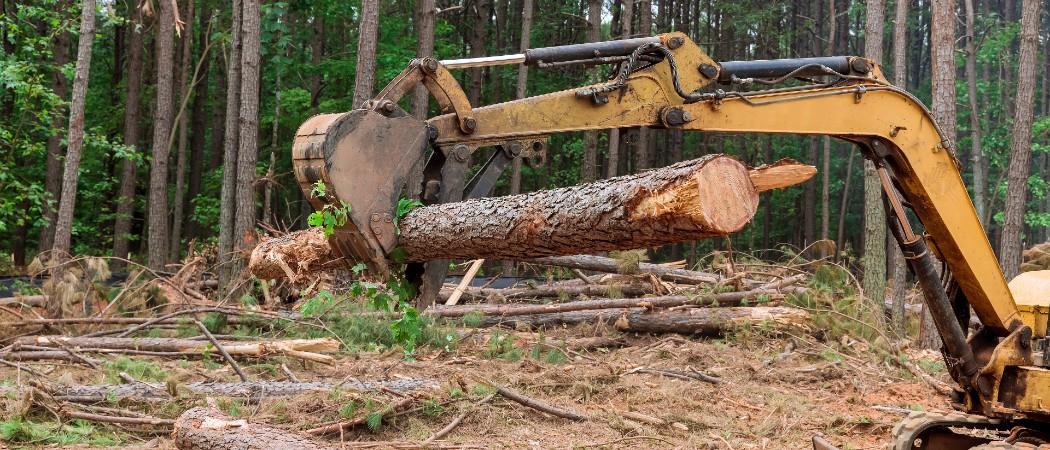Scientists and policymakers are meeting in Montreal to agree a new plan to save the world’s habitats and species. But researchers do not have a full understanding of biodiversity loss, or what governments are doing in response

Problems with scientific data collection are hindering efforts to halt mass extinction and biodiversity loss, the global conference aiming to halt manmade destruction has heard.
Researchers still lack the means to monitor whether governments and private companies are sticking to biodiversity goals, leading scientists told the fifteenth Conference of the Parties to the Convention on Biological Diversity (COP15), the biodiversity counterpart to COP summits held to address climate change.
Researchers are “not keeping up” with tracking initiatives to stop the destruction of the environment, Thomas Brooks, chief scientist of the International Union for Conservation of Nature, a network of governments, experts and agencies, told a science policy forum on December 11.
COP15, seen as the biggest biodiversity conference in a decade, is trying to hammer out new goals to protect the natural world over the next decade from mass extinction caused by humans. One of the targets being discussed is to protect 30% of the world’s land and oceans by 2030.
But despite target after target, these goals have done little to slow down the destruction of species and habitats, said Henrique Miguel Pereira, a professor at the German Centre for Integrative Biodiversity Research.
“Diversity has been lost unprecedent rates through the 20th century,” he said. “And there is very little sign that things are slowing down significantly.”
Pereira warned that there is a “lack of existing indicators” which had hindered attempts to hit previous targets.
Scientists also lack data on who is responsible for biodiversity loss, he said. “90% of the impacts of, for instance, Europe happen in the southern hemisphere,” he said. “If you don’t address those remote responsibilities, you can’t really address targets for post-2020.”
Any attempt to turn this around will require an immense monitoring process to check and enforce progress, and some of the scientists at COP15 are worried that existing the data infrastructure is not up to scratch.
Monitoring framework
In a letter to Science in advance of COP15, two biologists warned that there remains a “highly uneven global picture of biodiversity loss”.
One of the problems is that not all countries are willing to share national data, making it impossible to validate these against global datasets.
COP15 is trying to thrash out a new monitoring framework for biodiversity that includes around 40 indicators. Accurate and trusted data will be crucial, said Andrew Gonzalez, a professor at McGill University and Maria Cecilia Londoño, a researcher at the Alexander von Humboldt Biological Resources Research Institute in Bogota.
Countries around the table need to agree on a “global biodiversity observing system that links national monitoring networks,” they say.
The private sector, which causes most biodiversity loss, is also not being properly monitored, especially outside of immediately destructive industries like mining and logging, said Pavan Sukhdev, the former president of the World Wildlife Fund International.
“What about power? What about chemicals? What about manufacturing and so on,” he asked delegates.
The conference also heard from Mona Nemer, chief science adviser of Canada, who urged scientists to focus more on analysing the effectiveness of biodiversity interventions, and prioritising those which yield more scientific data.
“Irrespective of their success, the interventions [should] provide a substantial return on investment in the form of scientific information,” she said.
Research should also do more to test “technological solutions,” including “technologies for rapid biodiversity assessment, ecosystem restoration, innovative agricultural tools and practices, and many others,” said Nemer.
Despite the grim outlook for the world’s biodiversity, there have been isolated conservation success stories. After half a century of work understanding the biology, genetics and diseases of the giant panda, the species has been pulled back from the brink of extinction, noted Brandie Smith, director of the Smithsonian National Zoo and Conservation Biology Institute in Washington DC.
“Now we just have to figure out how to replicate that for every other species and habitat on the planet,” she told delegates.
COP15 was originally scheduled to be held in Kunming, China, but the country’s ultra-strict Covid-19 regulations forced it to move to Montreal. It runs from 7-19 December.





 A unique international forum for public research organisations and companies to connect their external engagement with strategic interests around their R&D system.
A unique international forum for public research organisations and companies to connect their external engagement with strategic interests around their R&D system.